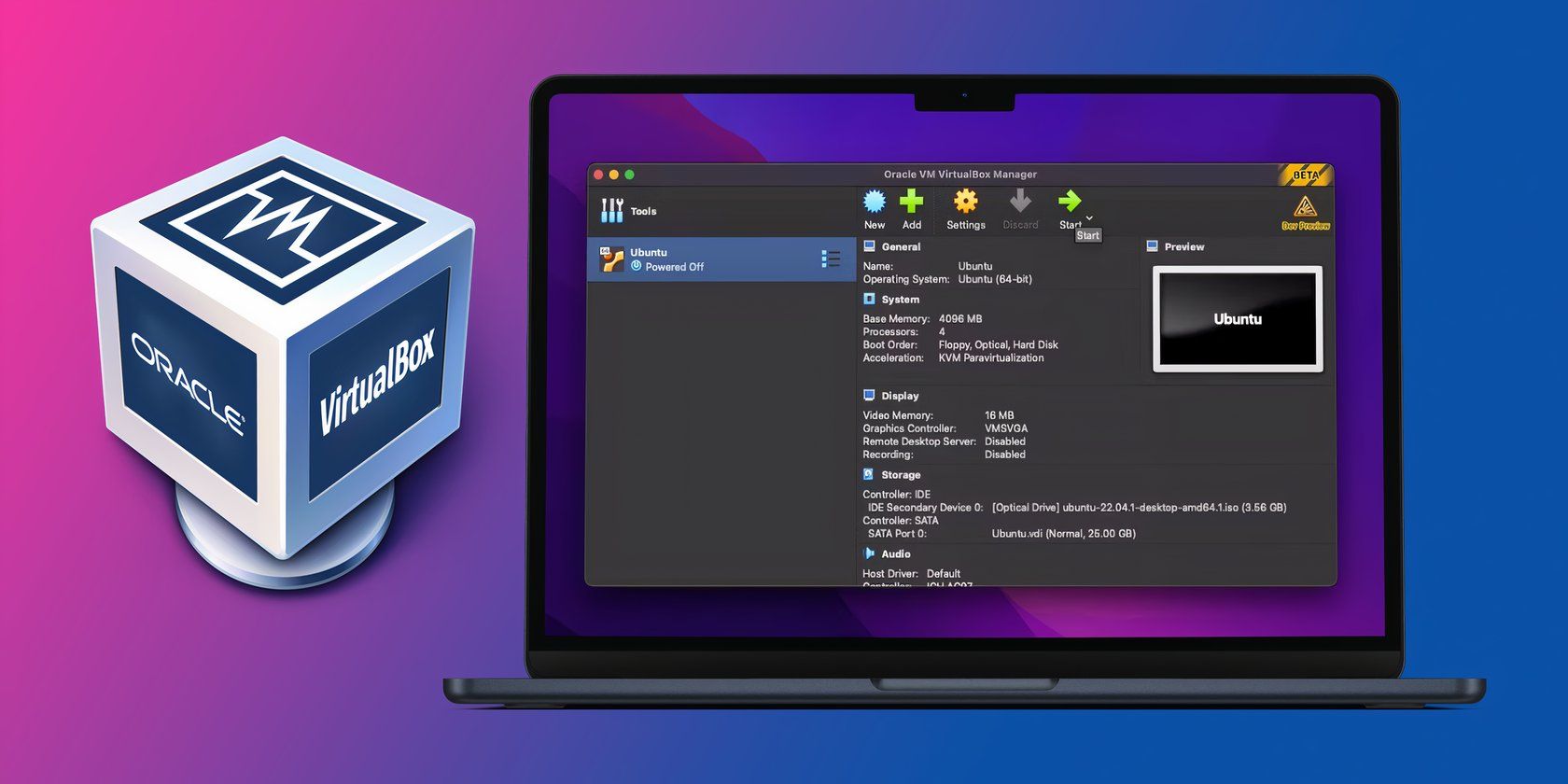
A Gradual Journey Into Automation with ABBYY: Essential Guidance for Successful Integration

A Gradual Journey Into Automation with ABBYY: Essential Guidance for Successful Integration
Back to The Intelligent Enterprise
Customer Point of View: Approach Automation Step by Step
by Bruce Orcutt, Chief Marketing Officer
While automation champions may see a plethora of opportunities for implementing IA to increase efficiency, we’ve seen that taking a staggered, one-by-one approach to implementation yields the best chance of success.
Share
Despite the deafening buzz surrounding artificial intelligence (AI) software like ChatGPT and its implications, human employees remain the beating heart and soul of any organization. Their ingenuity and cognitive ability cannot be replaced, but it is often misused. While “automation” might have negative connotations related to human employment and the labor market, it’s possible for automated processes and humans to enhance each other. Not just possible, in fact, but essential if organizations seek to persist through a recession and beyond. The key is to improve operational efficiency in a way that implies both immediate and future benefits.
Leveraging intelligent automation (IA) allows business leaders to augment administrative and logistical roles, eliminate thousands of hours of labor, and boost the productivity of existing employees without raising the overhead—but only if automation is approached correctly. While automation champions may see a plethora of opportunities for implementing IA to increase efficiency, we’ve seen that taking a staggered, one-by-one approach to implementation yields the best chance of success.
The Banner Health approach
Non-profit healthcare provider Banner Health sees the role of intelligent automation as a means to supplement staff, provide a better employee experience, and remove manual work, thereby enabling employees to spend more quality time with patients—the ultimate goal. They promote taking a step-by-step approach when introducing IA technologies, as they did when introducing intelligent document processing to relieve front-end staff of the manual document processing tasks associated with electronic medical record (EMR) entry to enable them to handle other duties. With staff at such high demand right now, the result of this one small change provided a significant impact—equaling half a million documents processed and 2,100 hours (about 3 months) saved—all of this before rolling out the solution to all locations.
When discerning where to introduce automation into an already well-established process, automation leader Suzi Dack at Banner Health cautions against abruptly changing everything about your operations, as this could collapse your team rather than help them. Instead, introducing concepts and solutions in pieces helps employees understand and buy into the technology. When they become familiar and comfortable with the first change, she says, layers can be added, and more impactful solutions can be designed.
If you go in there and try to do it all at once, it takes longer time for development, you don’t see your ROI as fast, and honestly, the staff are not as supportive of it. So, we try to be very thoughtful with what we’re doing, and we try to do it in small increments so they can adjust accordingly.
Suzi Dack
By alleviating staff’s manual tasks with intelligent automation, staff can focus on “mission critical” activities relating to patient care and safety, and positive patient outcomes. But how do leaders know where automated solutions are needed in the first place without risking unnecessary investments?
Leverage ChatGPT with ABBYY Vantage
Blog
Knowing where to automate
Luckily, there are insights available that will prevent both excessive resource investment and less-than-optimal uses of automation.
Businesses are susceptible to inadvertently inflating their staff and technology expenses by maintaining inefficient processes that don’t make effective use of employees. While a bottleneck in a workflow might seem to indicate a need to hire more, doing so may simply shift the bottleneck to a later point in the process that will have a more visibly negative impact on employee and customer experiences. Automating processes arbitrarily can have a similar effect. Without a clear understanding of every step in a process, businesses cannot reach optimal efficiency and are more likely to hire excessively.
However, organizations can gain better insight through process intelligence . By observing an accurate and detailed model of how individual steps in a process are completed, managers can implement automation solutions in the right places, ensuring that automation does not inhibit productivity and employees’ efforts are spent where they’re needed.
Process intelligence augments task and process mining to generate timestamps throughout stages of a workflow. While task mining records individual employees’ keystrokes and mouse clicks, process mining sees the completion of steps within the larger timeline. Using these front-end and back-end insights contributes to a comprehensive understanding of a process’s efficacy and guides more meaningful application of automation. Banner Health works closely with front-line staff, nursing teams, and physicians to understand their efficiency needs and where they have identified bottlenecks. These types of internal interviews can validate or serve to educate stakeholders when process efficiency gains can be made. Once automation is implemented, process monitoring provides a means to assess the impact of these changes and provide a roadmap for continual improvement.
Advanced forms of process intelligence also offer simulation capabilities, allowing managers to adjust variables in their model to account for hypothetical changes to a process, yielding a useful forecast without incurring any tangible risks. Business leaders can leverage this predictive power to proactively prepare for any possible changes to their operations, such as labor shortages, supply chain disruption, or other challenges inherent to economic turbulence.
Invest in an intelligent future
Many organizations’ AI journeys begin with the acquisition of off-the-shelf solutions from external vendors. While that might have been enough to differentiate a business when AI was earlier in its infancy, many organizations are left with technical debt—when point solutions are not fully deployed or adopted by staff. It is necessary to work with partners who can not only streamline the initial implementation of AI but also the necessary training that must take place for its adoption, ongoing use, and future adaptation.
Considering that 70 percent of organizations’ attempts at automation fail ,working with partners who can augment your current IT and staff resources is a necessary step to safeguarding the efficacy of automation. However, it’s also a proactive measure to contribute to an organization’s health and competitive edge in financially uncertain times. With 44 percent of private companies planning to invest in AI in 2023, automation will no longer be a means of getting ahead, but rather required to keep up. If businesses don’t effectively digitally transform amidst business challenges, chances of success in a healthier economy will wane. Investing in intelligent automation solutions that bring out the best in humans and technology alike will ensure the greatest return on investment (ROI) in the long term.

Bruce Orcutt
Chief Marketing Officer at ABBYY
Bruce Orcutt is a passionate marketing and leadership executive focused on driving market growth and awareness in digital transformation and intelligent automation. As Chief Marketing Officer at ABBYY, Orcutt leads the global product strategy, go to market, launch, pricing, competitive analysis, analyst relations, communications and thought leadership, win/loss analysis, and sales enablement for the entire ABBYY intelligent automation portfolio. His goal is to help global enterprises understand the hype from reality of the latest artificial intelligence (AI) technologies and ensure they leverage purpose-built AI to achieve their transformation goals.
Orcutt was previously SVP of Product Marketing where he led the product strategy transforming ABBYY from an OCR technology vendor to ISVs to the leading provider of intelligent document processing (IDP) for global enterprises. He helped conceive, develop, and launch two new SaaS platforms for IDP and process mining with vertical focus areas in financial services, insurance, healthcare, government, and transportation and logistics. Additionally, Orcutt helped migrate the company and portfolio to subscription and recurring revenue models.
He is a thought leader with market domain expertise in AI, machine learning, process and task mining, document and data capture, digital transformation, intelligent document processing, and hyperautomation. He also has deep experience with mobile platforms, customer experience, and has a passion for customer excellence.
Connect with Bruce on LinkedIn .
Additional Insights:
1 / 3
Top Reasons Why Customers Abandon Your Onboarding Processes…and How to Fix Them
How AI Can Help Government Agencies Win at Total Experience (TX)
Creating an Intelligent Automation Symphony
Document AI Creating a Safer World
The Changing Role of the Finance Leader
Three Ways AI Is Making Employees Happier
Welcome to The Intelligent Enterprise
Subscribe for updates
Get updated on the latest insights and perspectives for business & technology leaders
First name*
Last name
E-mail*
Сountry*
СountryAfghanistanAland IslandsAlbaniaAlgeriaAmerican SamoaAndorraAngolaAnguillaAntarcticaAntigua and BarbudaArgentinaArmeniaArubaAustraliaAustriaAzerbaijanBahamasBahrainBangladeshBarbadosBelgiumBelizeBeninBermudaBhutanBoliviaBonaire, Sint Eustatius and SabaBosnia and HerzegovinaBotswanaBouvet IslandBrazilBritish Indian Ocean TerritoryBritish Virgin IslandsBrunei DarussalamBulgariaBurkina FasoBurundiCambodiaCameroonCanadaCape VerdeCayman IslandsCentral African RepublicChadChileChinaChristmas IslandCocos (Keeling) IslandsColombiaComorosCongo (Brazzaville)Congo, (Kinshasa)Cook IslandsCosta RicaCroatiaCuraçaoCyprusCzech RepublicCôte d’IvoireDenmarkDjiboutiDominicaDominican RepublicEcuadorEgyptEl SalvadorEquatorial GuineaEritreaEstoniaEthiopiaFalkland Islands (Malvinas)Faroe IslandsFijiFinlandFranceFrench GuianaFrench PolynesiaFrench Southern TerritoriesGabonGambiaGeorgiaGermanyGhanaGibraltarGreeceGreenlandGrenadaGuadeloupeGuamGuatemalaGuernseyGuineaGuinea-BissauGuyanaHaitiHeard and Mcdonald IslandsHoly See (Vatican City State)HondurasHong Kong, SAR ChinaHungaryIcelandIndiaIndonesiaIraqIrelandIsle of ManIsraelITJamaicaJapanJerseyJordanKazakhstanKenyaKiribatiKorea (South)KuwaitKyrgyzstanLao PDRLatviaLebanonLesothoLiberiaLibyaLiechtensteinLithuaniaLuxembourgMacao, SAR ChinaMacedonia, Republic ofMadagascarMalawiMalaysiaMaldivesMaliMaltaMarshall IslandsMartiniqueMauritaniaMauritiusMayotteMexicoMicronesia, Federated States ofMoldovaMonacoMongoliaMontenegroMontserratMoroccoMozambiqueMyanmarNamibiaNauruNepalNetherlandsNetherlands AntillesNew CaledoniaNew ZealandNicaraguaNigerNigeriaNiueNorfolk IslandNorthern Mariana IslandsNorwayOmanPakistanPalauPalestinian TerritoryPanamaPapua New GuineaParaguayPeruPhilippinesPitcairnPolandPortugalPuerto RicoQatarRomaniaRwandaRéunionSaint HelenaSaint Kitts and NevisSaint LuciaSaint Pierre and MiquelonSaint Vincent and GrenadinesSaint-BarthélemySaint-Martin (French part)SamoaSan MarinoSao Tome and PrincipeSaudi ArabiaSenegalSerbiaSeychellesSierra LeoneSingaporeSint Maarten (Dutch part)SlovakiaSloveniaSolomon IslandsSouth AfricaSouth Georgia and the South Sandwich IslandsSouth SudanSpainSri LankaSurinameSvalbard and Jan Mayen IslandsSwazilandSwedenSwitzerlandTaiwan, Republic of ChinaTajikistanTanzania, United Republic ofThailandTimor-LesteTogoTokelauTongaTrinidad and TobagoTunisiaTurkeyTurks and Caicos IslandsTuvaluUgandaUkraineUnited Arab EmiratesUnited KingdomUnited States of AmericaUruguayUS Minor Outlying IslandsUzbekistanVanuatuVenezuela (Bolivarian Republic)Viet NamVirgin Islands, USWallis and Futuna IslandsWestern SaharaZambiaZimbabwe
I have read and agree with the Privacy policy and the Cookie policy .*
I agree to receive email updates from ABBYY Solutions Ltd. such as news related to ABBYY Solutions Ltd. products and technologies, invitations to events and webinars, and information about whitepapers and content related to ABBYY Solutions Ltd. products and services.
I am aware that my consent could be revoked at any time by clicking the unsubscribe link inside any email received from ABBYY Solutions Ltd. or via ABBYY Data Subject Access Rights Form .
Referrer
Query string
GA Client ID
UTM Campaign Name
UTM Source
UTM Medium
UTM Content
ITM Source
Page URL
Captcha Score
Connect with us
Also read:
- [New] How to Stand Out YT Thumbnail Size and Engagement Strategies
- [Updated] Leading Cost-Free Switch Gaming Apps for 2024
- [Updated] Loop Mechanics Collection
- 2024 Approved Selective Blurring The Modern Editor's Guide for PC/Mobile
- Cookiebot-Driven Analytics: Your Key to Advanced Web Traffic Insights
- Cookiebot-Driven Insights: Boost Your Site's Performance
- Cookiebot-Driven Personalization: Enhancing Your Online Experience
- Cookiebot-Enabled: Optimize Your Website with Leading CAPTCHA Solutions
- Elevating Site Insights Through the Advanced Capabilities of Cookiebot Technology
- How to Reset your Vivo S17t Lock Screen Password
- Mastering the Art of Correcting VirtualBox's 0X80004005 Error
- Motorola Moto E13 Bootloop Problem, How to Fix it Without Data Loss | Dr.fone
- Thinking About Changing Your Netflix Region Without a VPN On Oppo A79 5G? | Dr.fone
- Title: A Gradual Journey Into Automation with ABBYY: Essential Guidance for Successful Integration
- Author: Joseph
- Created at : 2024-10-01 23:12:18
- Updated at : 2024-10-06 04:45:16
- Link: https://solve-helper.techidaily.com/a-gradual-journey-into-automation-with-abbyy-essential-guidance-for-successful-integration/
- License: This work is licensed under CC BY-NC-SA 4.0.






